Wisconsin
796,902
Acres Protected
That’s about 603,714 football fields!
Land trusts have already conserved 61 million acres of private land across the nation — more than all of the national parks combined. Help us conserve another 60 million acres by the end of the decade.
Together, let’s keep Gaining Ground.
Every land trust is as unique as the community it serves.
Wisconsin land trusts are community-led and supported and protect lands and waters that help the entire state.
People
-
24,254
-
3,459
-
93
-
50
-
423
Land Trust Longevity
-
87 years old (1937)
-
22 years old (2002)
-
30 years old

Gathering Waters: Wisconsin's Alliance for Land Trusts
There has been a 124% increase in Wisconsin land protected by land trusts since 2010.
Acre by acre, land trusts are helping to conserve Wisconsin lands, waters and ways of life.
Disclaimer: Land trusts conserve land in many different ways and every project is unique. Category totals may change depending on how acres are reported by survey respondents to reflect the most current data and minimize double-counting. In some instances, the total may be greater than the sum of the separate categories due to organizations that provided total acres not broken down by category.
This information reflects data collected in the National Land Trust Census, the longest-running comprehensive survey of private land conservation in America. Learn more about the Census and see which land trusts participated in the 2020 National Land Trust Census.
Wisconsin land trusts are gaining ground.
Land trusts across the state are helping find solutions to some of Wisconsin's most pressing issues.
Land Trusts Working in Wisconsin
Land Trust Alliance member land trusts, listed below, commit to adopting Land Trust Standards and Practices as their guiding principles.
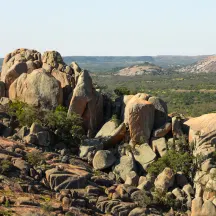
Access Fund
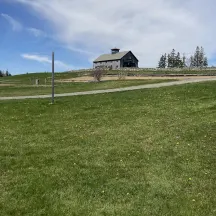
American Farmland Trust

Baraboo Range Preservation Association, Inc.

Caledonia Conservancy

Cedar Lakes Conservation Foundation

Chippewa County Land Conservancy
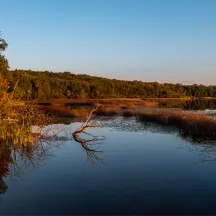
Door County Land Trust

Driftless Area Land Conservancy
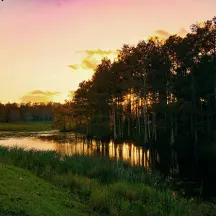
Ducks Unlimited, Inc.

Geneva Lake Conservancy

Glacial Lakes Conservancy

Green Lake Conservancy

Green Rock Audubon Society

Groundswell Conservancy

Ice Age Trail Alliance

Kettle Moraine Land Trust

Kinnickinnic River Land Trust

Lake Superior Watershed Conservancy

Landmark Conservancy

Living Lands Trust

Milwaukee Area Land Conservancy

Minnesota Land Trust
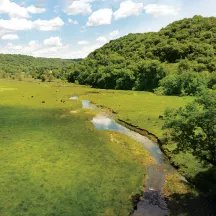
Mississippi Valley Conservancy
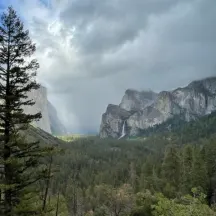
National Park Trust

Natural Land Institute

North Central Conservancy Trust

Northeast Wisconsin Land Trust
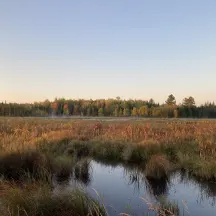
Northwoods Land Trust, Inc.

Ozaukee Washington Land Trust, Inc.

Rocky Mountain Elk Foundation

Seno K/RLT Conservancy

Southern Wisconsin Bird Alliance

Standing Cedars Community Land Conservancy
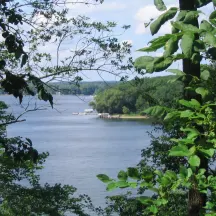
Tall Pines Conservancy

The Conservation Fund

The Humane Society Wildlife Land Trust
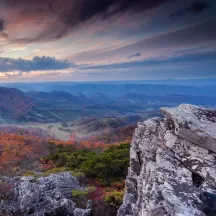
The Nature Conservancy
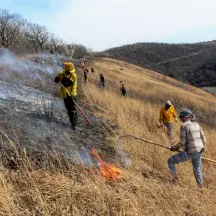
The Prairie Enthusiasts
